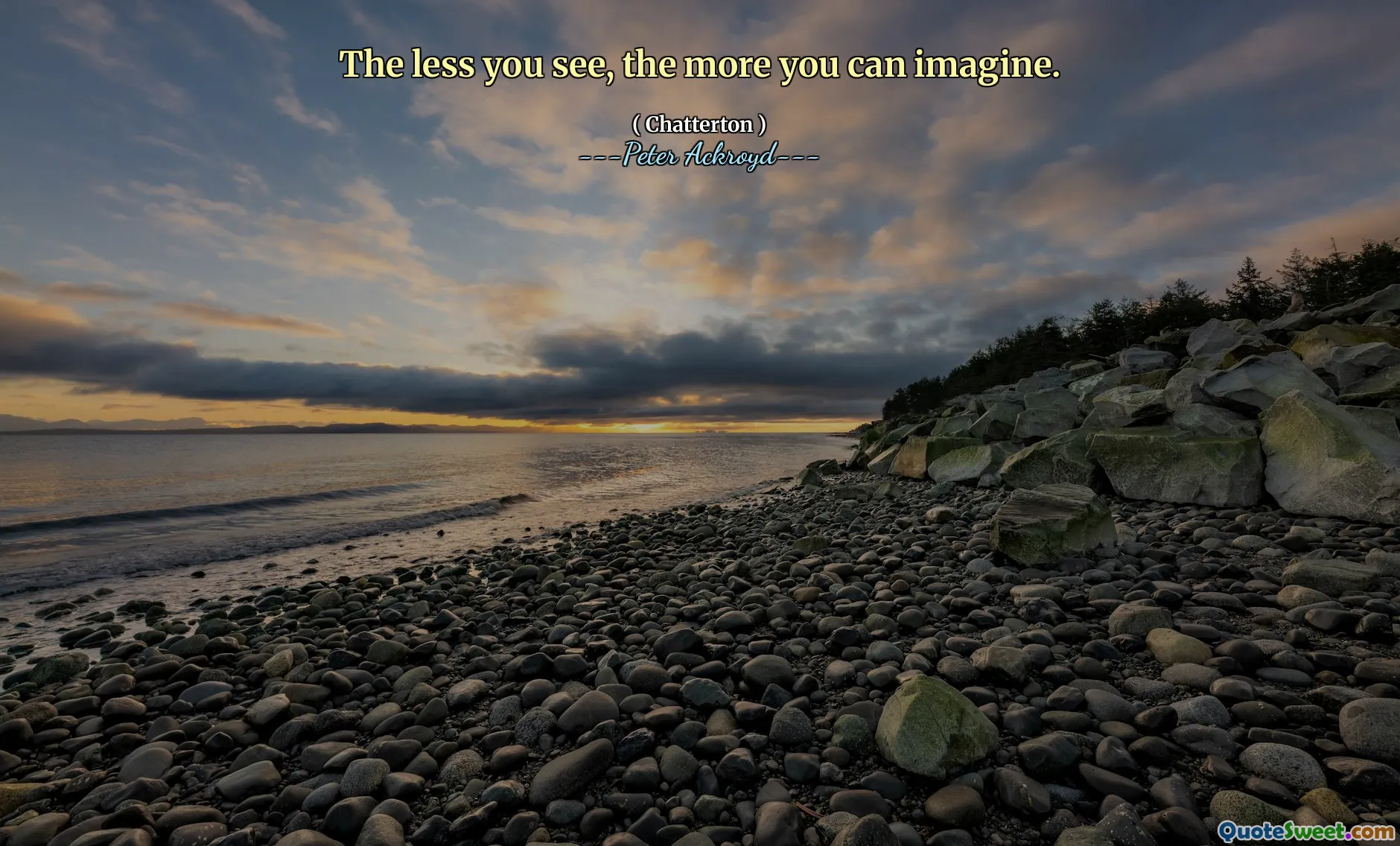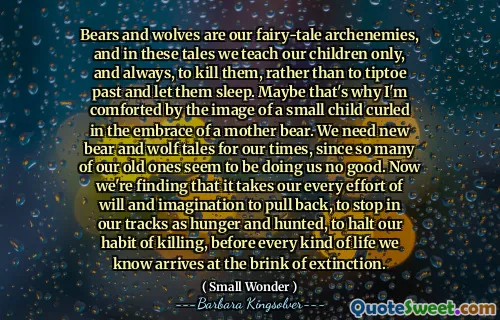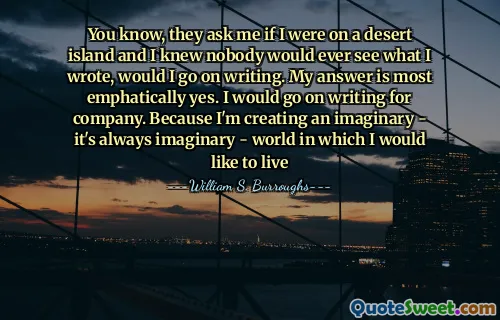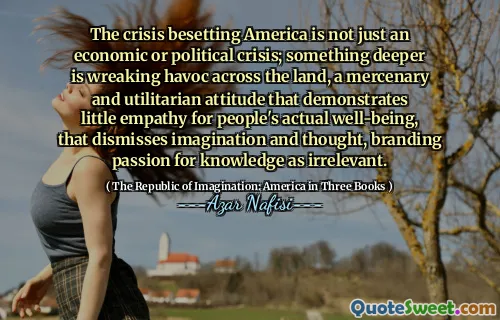
The less you see, the more you can imagine.
This quote touches on the intricate relationship between perception and imagination. When our vision is limited or obscured, our minds tend to fill in the gaps with creativity, possibilities, and internal visions. This phenomenon suggests that restricting our external senses can actually enhance our internal cognitive capabilities, encouraging us to think beyond the immediate physical realities. It prompts a reflection on how often clarity can constrain the mind's capacity to explore alternative scenarios or to envision the unseen. Sometimes, the absence of direct evidence or visual cues beckons us to rely on our intuition and imagination, leading to richer mental landscapes.
In a broader sense, this idea challenges the value we place on certainty and clarity. It hints that ambiguity and mystery could be catalysts for imagination and innovation. For example, in art and storytelling, limitations or obscurities often serve as compelling devices that invite viewers or readers to engage actively, filling in the blanks and creating personalized interpretations. Similarly, in life, the unknown can inspire curiosity and creativity, urging us to explore possibilities beyond what is immediately visible.
Moreover, this perspective celebrates the power of imagination as a vital human faculty—one that thrives in the absence of complete information. It encourages us to view obstacles, gaps, or even lack of clarity as opportunities rather than barriers. In doing so, we can approach challenges with an inventive attitude, discovering new paths where the visible horizon ends.
Overall, the quote beautifully emphasizes that sometimes, limiting our perception not only frees us from preconceived notions but also amplifies our capacity to imagine, innovate, and dream beyond the obvious.






